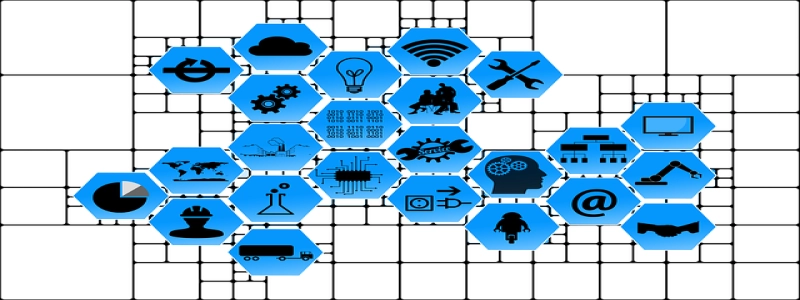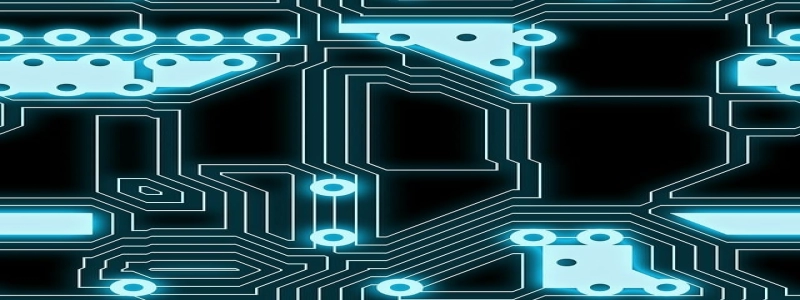SFP+ vs SFP28
ฉัน. การแนะนำ
A. Definition of SFP+ and SFP28
B. Importance of high-speed transceivers in network communication
ครั้งที่สอง. SFP+ Overview
A. Definition and features of SFP+
B. Applications and compatibility with various network devices
C. Advantages and limitations of SFP+
สาม. SFP28 Overview
A. Definition and features of SFP28
B. Applications and compatibility with various network devices
C. Advantages and limitations of SFP28
IV. Comparison between SFP+ and SFP28
A. Data rate
B. Power consumption
C. Transmission distance
D. Compatibility
E. Cost
วี. บทสรุป
A. Summary of differences between SFP+ and SFP28
B. Recommendations for choosing between SFP+ and SFP28 based on specific network requirements
ฉัน. การแนะนำ
In modern network communication, the demand for high-speed data transmission has increased significantly. The emergence of Small Form-factor Pluggable (SFP) modules has revolutionized the networking industry. This article compares the SFP+ and SFP28 modules, highlighting their features, applications, and limitations.
ครั้งที่สอง. SFP+ Overview
SFP+ is an enhanced version of the SFP transceiver. It supports data rates up to 10 Gbps and is widely used for 10 Gigabit Ethernet applications. SFP+ modules are compact, hot-swappable, and highly compatible with various network devices such as switches, routers, and servers. อย่างไรก็ตาม, SFP+ modules have limitations when it comes to supporting higher data rates.
สาม. SFP28 Overview
SFP28 is the next-generation form factor that supports data rates up to 25 Gbps. It is compatible with existing SFP+ ports, providing the flexibility to upgrade networks without changing the infrastructure. SFP28 modules consume less power compared to SFP+ modules while offering higher data rates, making them suitable for high-density network environments.
IV. Comparison between SFP+ and SFP28
In this section, we compare SFP+ and SFP28 based on various factors.
A. Data rate: SFP+ supports up to 10 Gbps, while SFP28 supports up to 25 Gbps. SFP28 offers significantly higher data rates than SFP+.
B. Power consumption: SFP28 modules consume less power than SFP+ modules. This makes SFP28 a more energy-efficient option for network deployments.
C. Transmission distance: SFP+ and SFP28 modules support different transmission distances depending on the fiber optic cable used. อย่างไรก็ตาม, both modules offer sufficient transmission distances for most network applications.
D. Compatibility: SFP28 modules are backward compatible with SFP+ ports, allowing for easy integration into existing network infrastructure. SFP+ modules, ในทางกลับกัน, cannot support the higher data rates offered by SFP28.
E. Cost: SFP28 modules are generally more expensive than SFP+ modules due to their advanced features and higher data rates.
วี. บทสรุป
In conclusion, both SFP+ and SFP28 modules are important components in network communication. SFP+ is suitable for 10 Gigabit Ethernet applications, while SFP28 provides higher data rates for more demanding network environments. The choice between SFP+ and SFP28 depends on the specific network requirements, available budget, and future scalability needs. By considering factors such as data rate, power consumption, transmission distance, compatibility, and cost, network administrators can make an informed decision on which module to choose for their network deployments.








